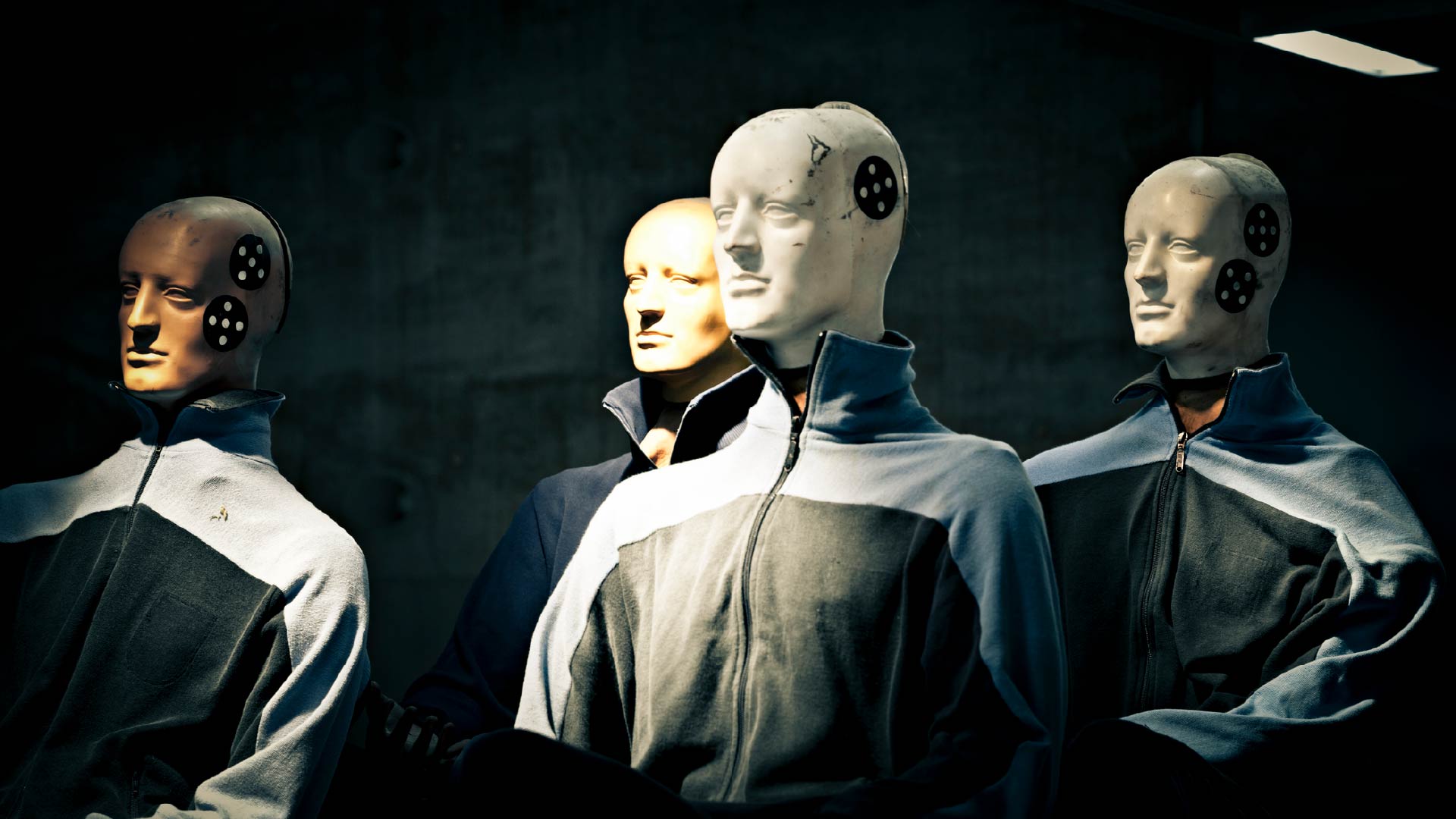Ford Prioritizes Ergonomics As A Major Driver Of Plant Improvements
On August 11, 2025, motor manufacturer Ford announced that it would invest $5 billion in its Louisville Assembly Plant and BlueOval Battery Park in Michigan. This investment will create approximately 4,000 jobs and help produce affordable electric vehicles at scale. There will also be several changes to the production site, focusing on improving ergonomics – the study of designing environments, systems and tasks to fit users’ capabilities and limitations, instead of forcing people to adapt to their surroundings. With ergonomics at the forefront, Ford is seeking to create working environments and tasks that put less physical strain on employees, thereby reducing the risk of injuries.
Industries such as vehicle manufacturing feature repetitive work processes that can involve employees in awkward postures, repeated motions and exposure to vibration from tools and machinery. These can contribute to musculoskeletal disorders (injuries that affect bones, joints, ligaments, muscles and nerves), which in turn can lead to chronic pain, reduced productivity and increased absenteeism.
Ford has outlined details on how changes to the layout of its production site will reduce ergonomic issues. As a result of these changes, employees will be required to do less bending, reaching, turning and twisting. Specifically, there will be an 84% reduction in 24-inch reaches over the front fender and a 63% fall in ingress for both safety and quality processes. Moreover, Ford has removed three-quarters of a mile of the wiring harness, which weighs approximately 22 pounds. These changes will significantly reduce the physical strain – and potential injuries – inflicted on Ford employees, creating a healthier workforce.
Aside from changes to the production site, technologies such as computer vision can been used to identify causes behind musculoskeletal disorders. This technology uses existing camera infrastructure such as CCTV, and AI models, to track factors such as human posture, number of repetitive tasks (and length of time workers spend performing them), and high-frequency motions that can contribute to fatigue or repetitive strains.
As other firms take on increased responsibility for worker wellbeing, they may be forced to make similar changes to their processes – or to introduce technologies that can help monitor the root causes behind some of the issues. To read more about ergonomic solutions, click here.
About The Author

Zain Idris
Industry Analyst





